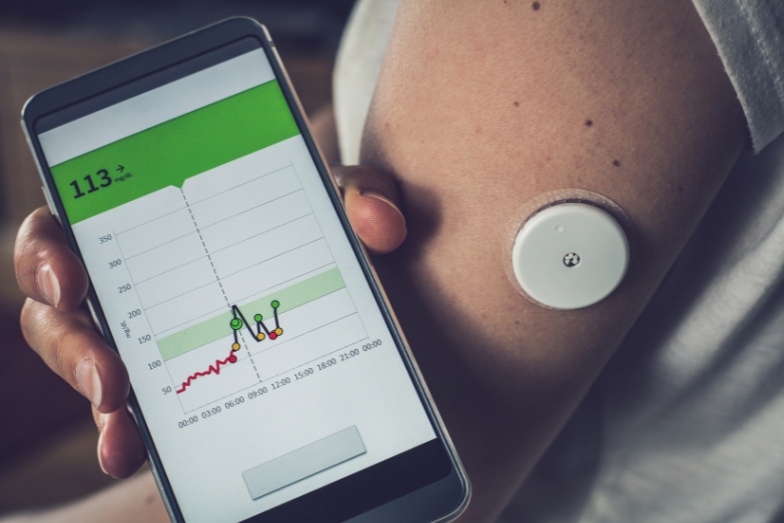Intro to the Science of Pheromones Animals and humans use pheromones to communicate with one another non-verbally. These chemicals often affect the way they choose their partners and even their social behaviors. For humans, pheromones are often detected through smell produced in sweat, saliva, and urine [1]. Men and women produce...
Category: Digital Health
Intro to Virtual Reality in Healthcare Virtual reality (VR) provides users with a virtual space for receiving care, from physical to mental therapy. This provides patients pain management, and virtual therapy, and can even be used to demonstrate virtual surgeries [1]. However, virtual reality also has biases that make it difficult...
Intro to Biases in Remote Care Biases in remote care may arise from many barriers that limit patients’ access to digital technologies. Unfortunately, sometimes digital healthcare solutions are geared to favor certain demographics, and this can further worsen biases in care. For instance, patients who lack reliable internet or access to...
Social Barriers that Hinder Digital Health Capabilities The implementation of digital health capabilities is hindered by several barriers, with a portion revolving around social determinants. This is often due to factors such as digital literacy, social dynamics, access to technology, and human behavior. For instance, those 65 years and older experience...
Current Readiness of Older Patients for Emergencies Older patients may feel like they are ready and prepared to handle an emergency situation, however, a poll showed that many lack the preparation needed to manage one [1]. For instance, some older patients have not signed up for notifications that a natural disaster...
Goals Regarding Aging and Digital Health Transformation The aging population can live longer and keep their independence thanks to advancements in healthcare and technology [1]. Furthermore, 93% of those surveyed disclosed the desire to age independently from their home, regardless of their income and age [1]. Therefore, digital health transformations must...
Growing Concerns Due to Social Disparities The older population is at risk of facing adverse health effects due to discrimination often related to race and ethnicity [1]. For instance, older black patients are more likely to face increased health problems due to the discrimination they face [1]. In general, older people...
Overview of Key Issues Going into 2023 Earlier in 2023, we predicted that the healthcare industry would see more personalization and prevention options for patients [1]. Some key issues included a bias towards minority groups, the lack of patient engagement, and the need for improved collaboration between providers and patients. This...
Ways Providers Can Retain Patients Patients need to feel genuine interactions with their provider and care team so they feel like they are receiving a positive care experience [1]. This is often done by doctors communicating with their patients in an empathetic and compassionate way. Moreover, if small adverse effects do...
Remote Patient Monitoring (RPM) in 2022 In 2022, RPM technology was used to track health conditions in patients [1]. This allowed doctors to provide preventive care and manage different chronic conditions. Oftentimes, sensors tracked patient data such as weight, blood pressure, glucose levels, and more [1]. Patients with chronic conditions were...









